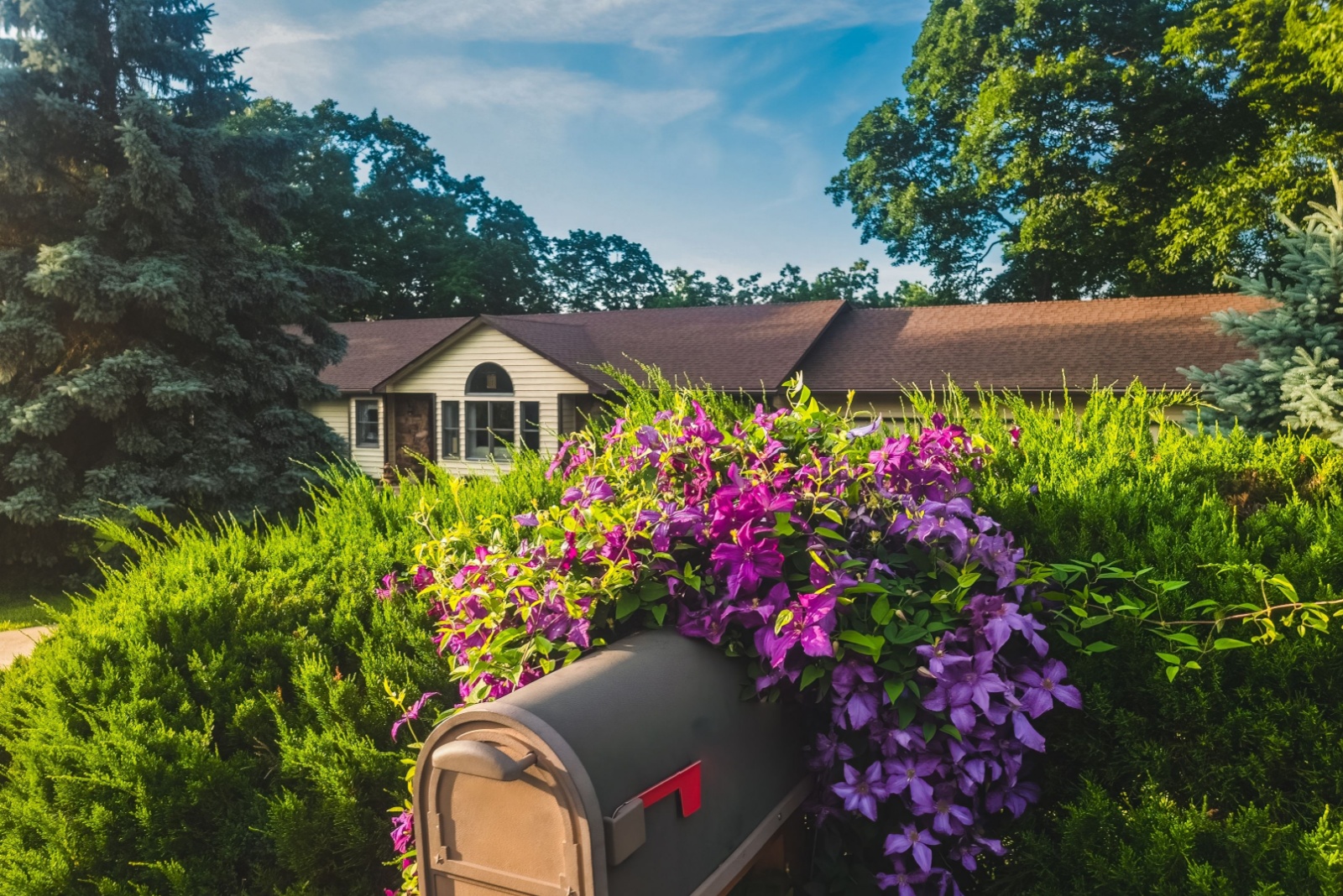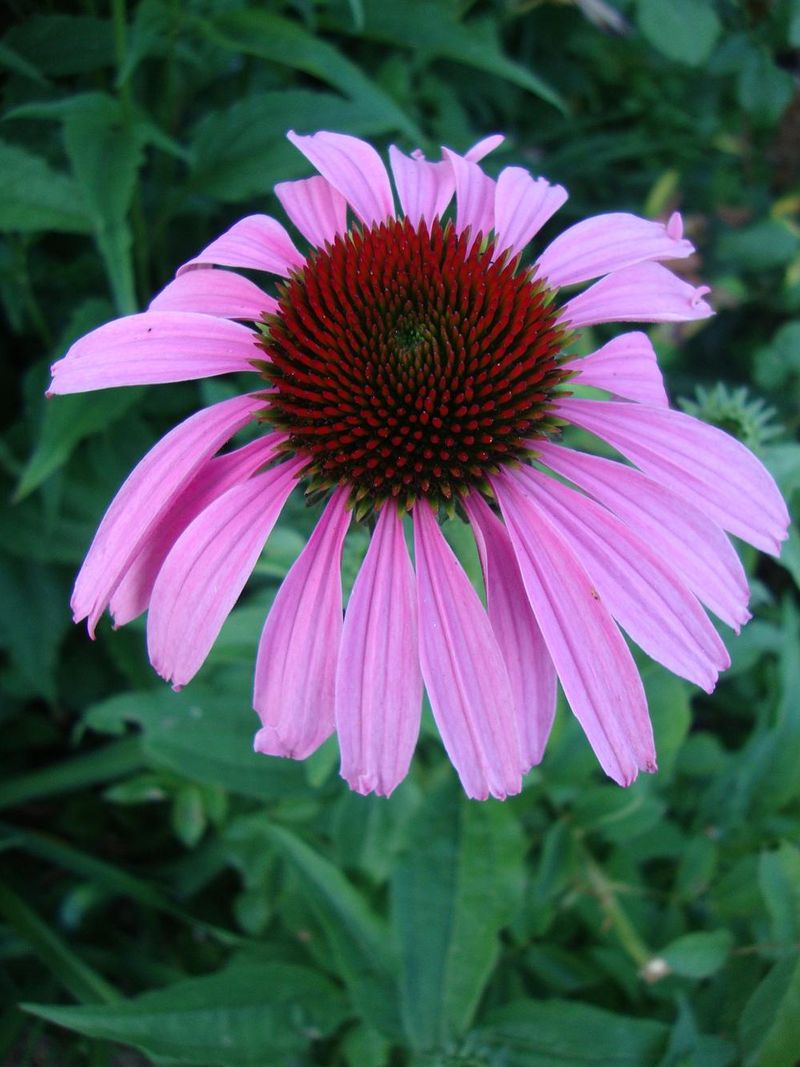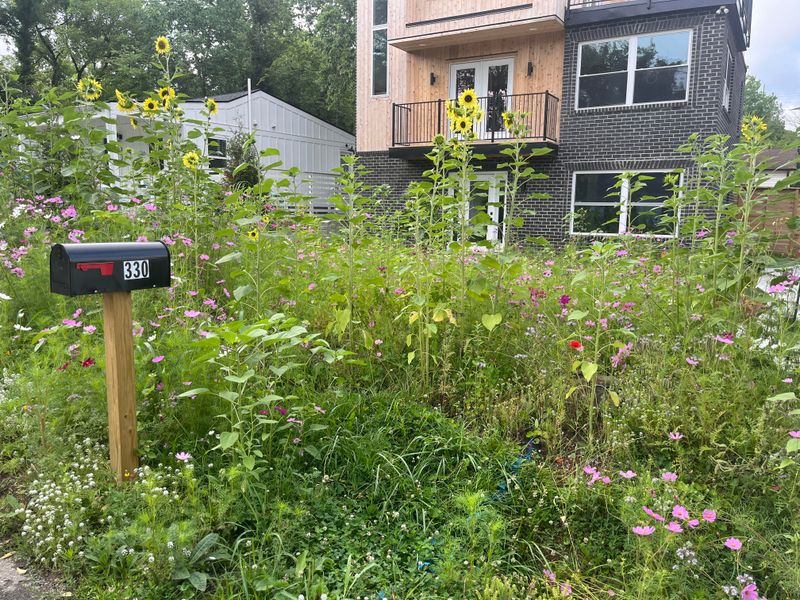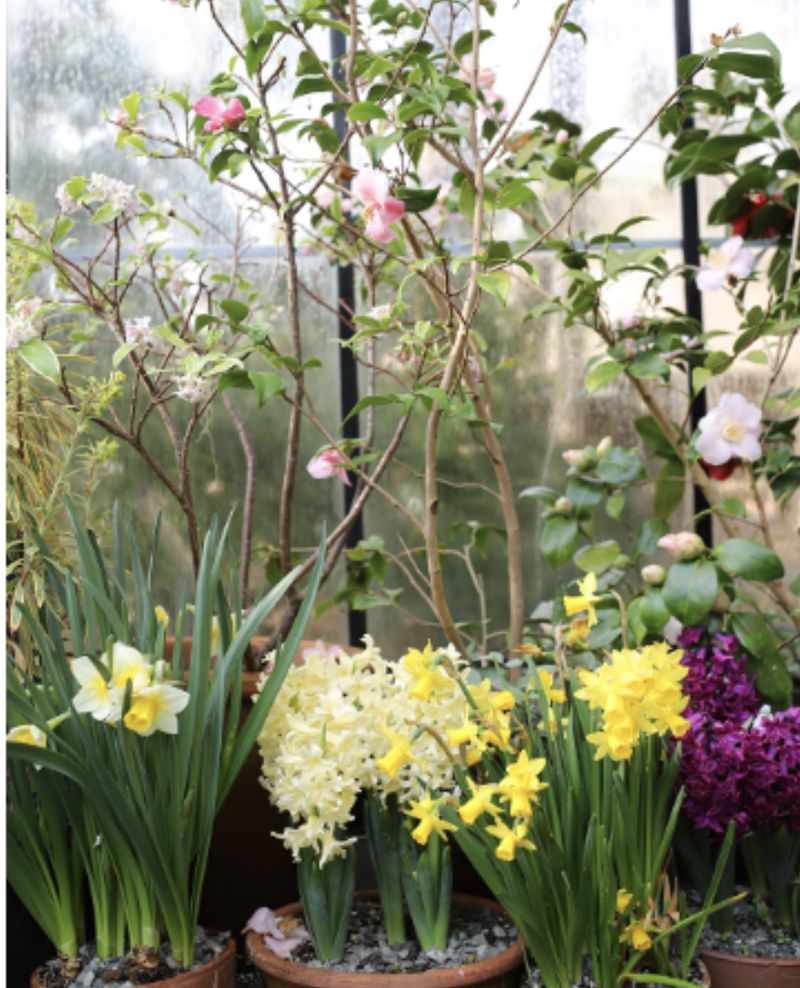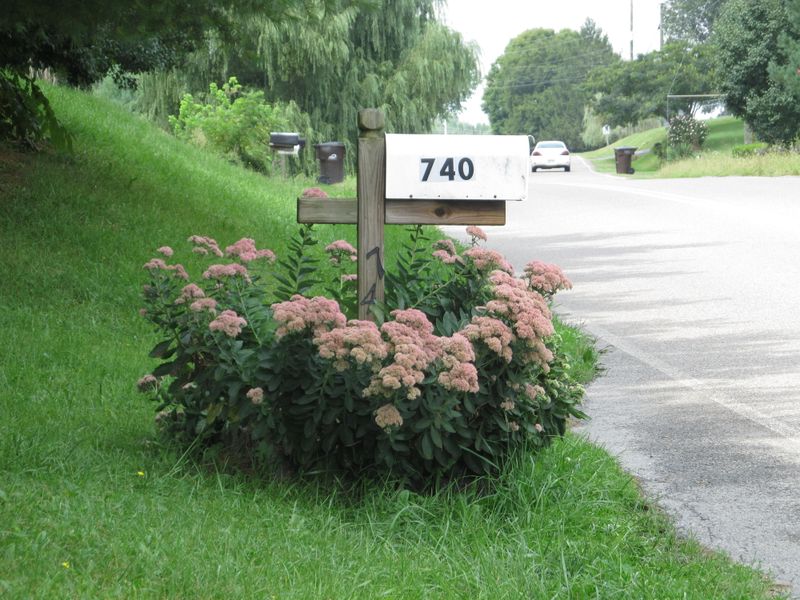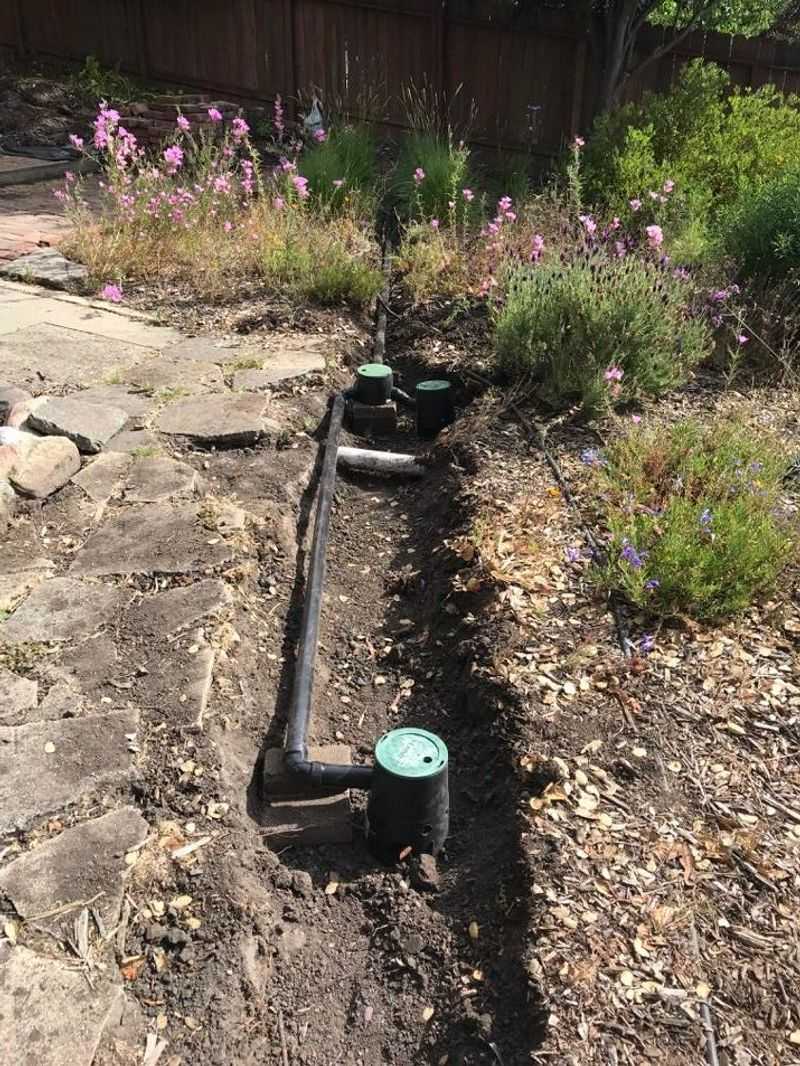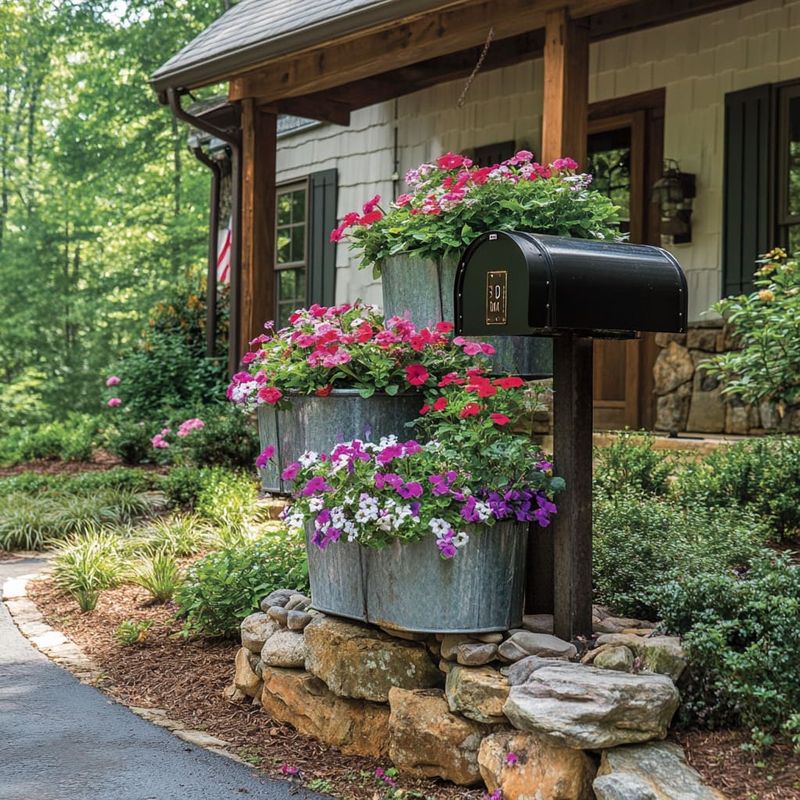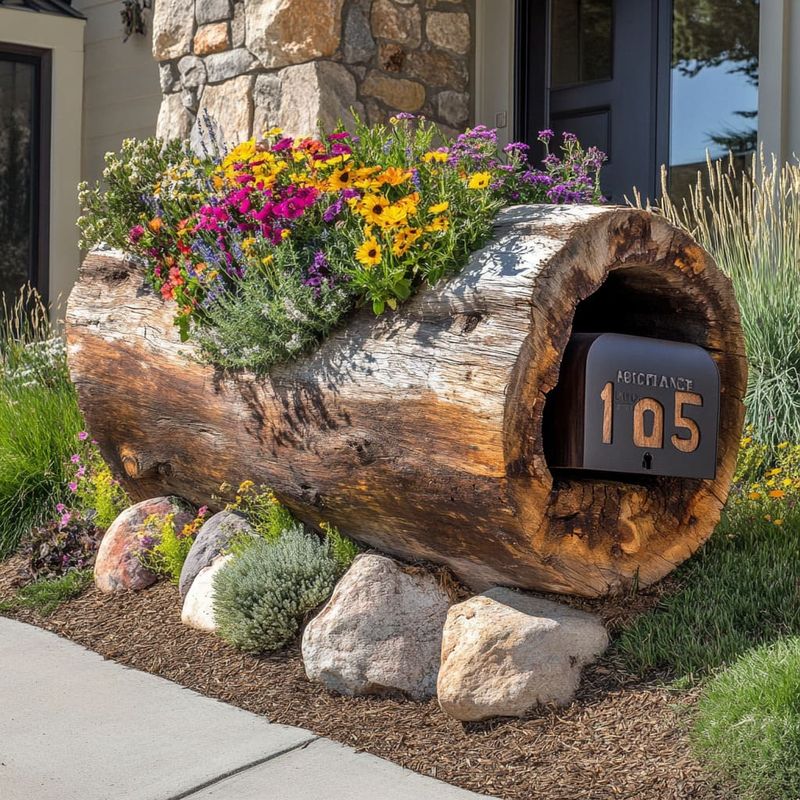Tennessee’s changing seasons create special challenges for mailbox gardens. From summer heat waves to winter frosts, keeping your mailbox area looking good requires some planning.
I’ve found that choosing the right mix of plants makes all the difference. After five years of experimenting with my own mailbox garden in eastern Tennessee, I’ve learned which plants can handle our unpredictable weather patterns.
Creating a year-round mailbox garden isn’t just about curb appeal—it’s about making a small space work hard through every season without constant maintenance.
1. Plant Tough Perennials As Your Foundation
Hardy perennials create the backbone of any successful mailbox garden in Tennessee. Black-eyed Susans and purple coneflowers have survived three summers in my mailbox bed without extra watering.
The key is choosing varieties that can take both our humid summers and occasional winter freezes. I plant them about 18 inches from the mailbox post to give them room to spread naturally.
Most perennials need dividing every few years, which gives you free plants to expand your garden or share with neighbors.
2. Add Structure With Native Grasses
Little bluestem and prairie dropseed grasses provide year-round interest even when not in bloom. During fall, these grasses turn gorgeous shades of copper and gold that catch the morning light beautifully.
Unlike many flowering plants, these native grasses stand tall through winter, creating natural texture around your mailbox when everything else has died back. My neighbors often ask what those “pretty wheat-looking things” are.
Plant them on the back side of your mailbox for height without blocking access.
3. Create Four-Season Color With Evergreens
Small evergreens keep your mailbox garden from looking bare during Tennessee’s winter months. Dwarf varieties like ‘Blue Star’ juniper stay compact while providing year-round greenery.
Last winter, when everything else in my front yard looked dead, the small evergreens around my mailbox still looked fresh and alive. Their blue-green color stands out especially well against winter’s brown landscape.
Position them where they won’t outgrow the space or block mail delivery as they mature.
4. Layer In Spring-Blooming Bulbs
Fall-planted bulbs like daffodils and grape hyacinths surprise you with early color before most perennials wake up. They’re perfect for Tennessee because they finish blooming before summer heat arrives.
Squirrels leave daffodils alone, making them reliable performers year after year. I’ve had the same clumps around my mailbox for four years now, and they keep multiplying.
Plant bulbs in clusters of 7-9 for the most natural look, tucking them between perennials that will later hide their fading foliage.
5. Use Smart Mulching Techniques
Cedar mulch has been my go-to for three years running in my Tennessee mailbox garden. Unlike pine straw that blows away in our spring storms, cedar stays put and slowly fades to a natural gray that looks good with any plants.
Maintaining a 2-inch layer keeps weeds down and helps soil retain moisture during our hot summers. The cedar scent also seems to discourage the neighborhood cats from using my garden as a bathroom.
Refresh it just once each spring for a clean, finished look all year.
6. Install Simple Irrigation Solutions
Soaker hoses buried under mulch have saved my mailbox plants during Tennessee’s July and August dry spells. The slow drip delivers water directly to roots without wasteful overspray.
Connect your soaker hose to a basic battery-operated timer attached to the nearest outdoor faucet. I set mine for early morning watering twice weekly during summer, which keeps everything happy with minimal effort.
The whole setup cost under $30 and has lasted three seasons already, saving countless hours of hand watering.
7. Weather-Proof With Decorative Stones
River rocks collected from nearby creeks create natural-looking borders that stand up to Tennessee’s unpredictable weather patterns. Unlike plastic edging that cracks in our freeze-thaw cycles, stones actually look better with age.
The stones help define the garden space and prevent mulch from washing away during heavy summer thunderstorms. My neighbor copied this idea after seeing how well it worked during last year’s April downpours.
Choose varied sizes between 2-6 inches for the most natural appearance.
8. Plan For Seasonal Transitions
Grouping plants by bloom time ensures your mailbox garden never looks empty. Early daffodils give way to summer coneflowers, followed by fall asters that bloom until frost.
The trickiest gap in Tennessee gardens happens in late July when spring plants are done and fall bloomers haven’t started. I fill this gap with drought-tolerant annuals like zinnias that thrive in our hottest weeks.
Keep a simple calendar noting when different plants shine so you can adjust your plan each year for continuous color.

